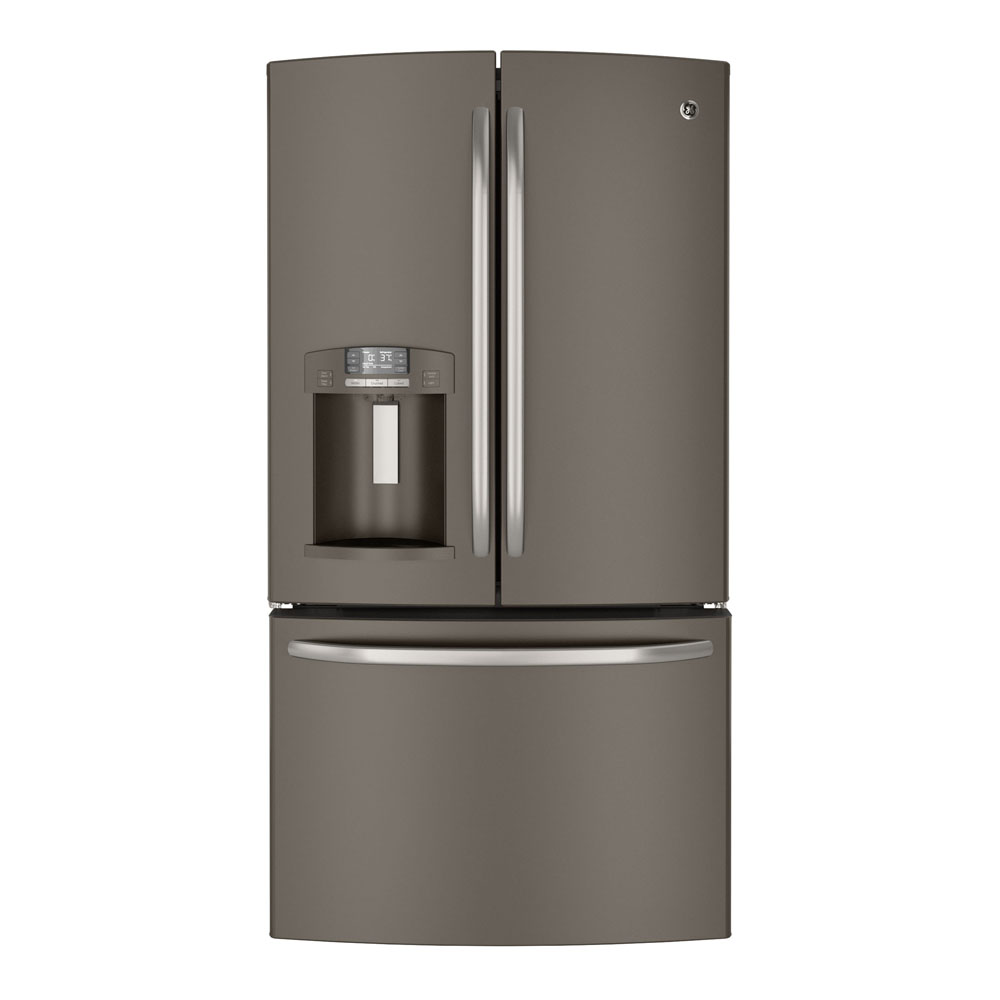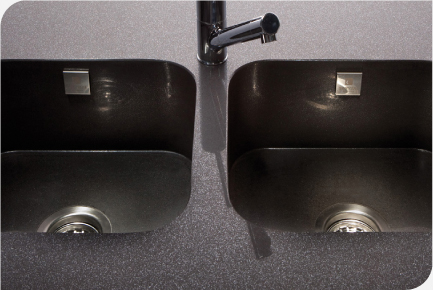Tuesday, November 13, 2012
The debate of Chinese imports: Why Chinese cabinets are shutting the doors of local manufacturers.
It is a highly fragmented market place that is dominated by mostly small business entrepreneurs. Aside from a few industry giants such as Masco Corporation and Fortune Brands, many homeowners have historically turned to the small, privately owned local manufacturers who have been serving their community, in many cases, for decades. But as American importers and Chinese manufacturers began their charge into the multi-billion dollar kitchen and bath cabinetry industry, a detrimental combination of an economic recession, a failing housing market and high unemployment began to stack up against local manufacturing, as cash strapped consumers hunted for the highest quality cabinetry at the lowest price.
This perfect storm allowed Chinese imports of ready-to-assemble (RTA) cabinets to take hold of an already distressed market, putting many small businesses, out of business, as their inability to compete against importers grew. So why are the importers still around now? It comes down to simple profit and loss.
Manufacturing cabinetry here in the United States is expensive business, from overhead to equipment to personnel. And since most small business owner or entrepreneurs aren’t in the business to lose money, the cost of manufacturing is passed on to the consumer, either through lofty pricing or poorer quality. With local manufacturing, a company has to factor in significantly larger facilities to accommodate their production and manufacturing operations, which translates to higher rent and additional costs for the purchase and maintenance of equipment. The hiring of more personnel, means more highly skilled carpenters who require the manufacturer to carry additional, high risk insurances in addition to higher salaries. And although many local manufacturers turned to China for raw materials and equipment, the cost of operating was still enough to force them to close shop.
Manufacturing importers have been able to seize the opportunity of the lagging economy by operating with significantly lower manufacturing costs and lower overhead, allowing them to offer considerably lower pricing to the end users, whether it’s wholesale to industry pros or consumers at retail prices. When comparing to local manufacturers or large home improvement stores, this difference could be in upwards of forty percent or more. Additionally, value driven importers will take advantage of affordable raw materials and low manufacturing costs in China to significantly improve the quality of their cabinets in an effort to strengthen their competitive edge in the market. Opting for standards such as ¾ inch plywood boxes, higher quality hardware such as soft closing hinges and matching cabinet interiors to go with the customers color selection continues to give the importers a strategic advantage from manufacturing companies who offer these as pricey upgrades.
Sunday, November 11, 2012
Is Stainless Steel Losing Ground in the Kitchen?
After decades of exemplifying beauty and sophistication in kitchens, is stainless steel beginning an exit from culinary living spaces? Well, it’s probably not; at least not yet and not any time soon. However, from kitchen sinks to home appliances, it does seem that stainless steel maybe making its way out of a few kitchens as new beautiful alternatives come to market. And with a significant push to transform the kitchen from workspace to living space, these trend setting options might quickly start chipping away at the demand for stainless steel, and ultimately, its global market share.
Kitchen remodeling, as with any renovation project, has always been based on aesthetics, functionality and durability. It is why for decades stainless steel has dominated the kitchen. Aside from its good looks, it has been revered for its strength and ability to not readily rust or stain, although it has been known to if not cared for properly or manufactured using poor quality materials. But in a new, fast paced, ever changing world driven by emerging trends, it seems inevitable that stainless steel will soon lose its dominance to fresh, next generation alternatives. A similar transition seems to be in the works between granite and quartz countertops. So what alternatives are showing up in the world of home remodeling?
Over the past several years, stainless steel has remained unchallenged in the kitchen appliances arena, but it seems that this undisputed champ is now facing several new up-an-coming contenders. As kitchen cabinets move to a new era of sleek and modern designs, some appliance manufacturers are testing the waters with bold looks and new finishes. General Electric, for example, has recently launched its new line of slate appliances, offering a subtle, gray metallic look that blends perfectly with a variety of cabinetry options, from chic bamboo to the ultra modern Italian styles.
Whirlpool has also introduced its Ice Collection, which includes its high shine Black Ice and White Ice appliances that is sure to grab the attention of iPhone users worldwide.
Stainless steel is also facing a new challenger in the area of kitchen sinks. Recently, integrated sinks, such as Silestone’s Integrity sink is made from a single, matching piece of quartz. This sink allows for a seamless integration of sink and countertop and allowing for a sleek and uniform appearance. The quartz countertop and the sinks are not only beautiful, but scratch resistant, easy to clean and more importantly nonporous, offering consumers a safer product in an area known for its raw food bacteria.
As we spend more and more time in this foundation of the American home, it will be exciting to see what lies ahead for this transitional phase to the modern day kitchen. With all these trend setting products just coming to market, we still have yet to see if they will stand the test of time. And it is probably safe to say that we could probably expect stainless steel to remain a first choice for most homeowners for many years to come.
Subscribe to:
Posts (Atom)


